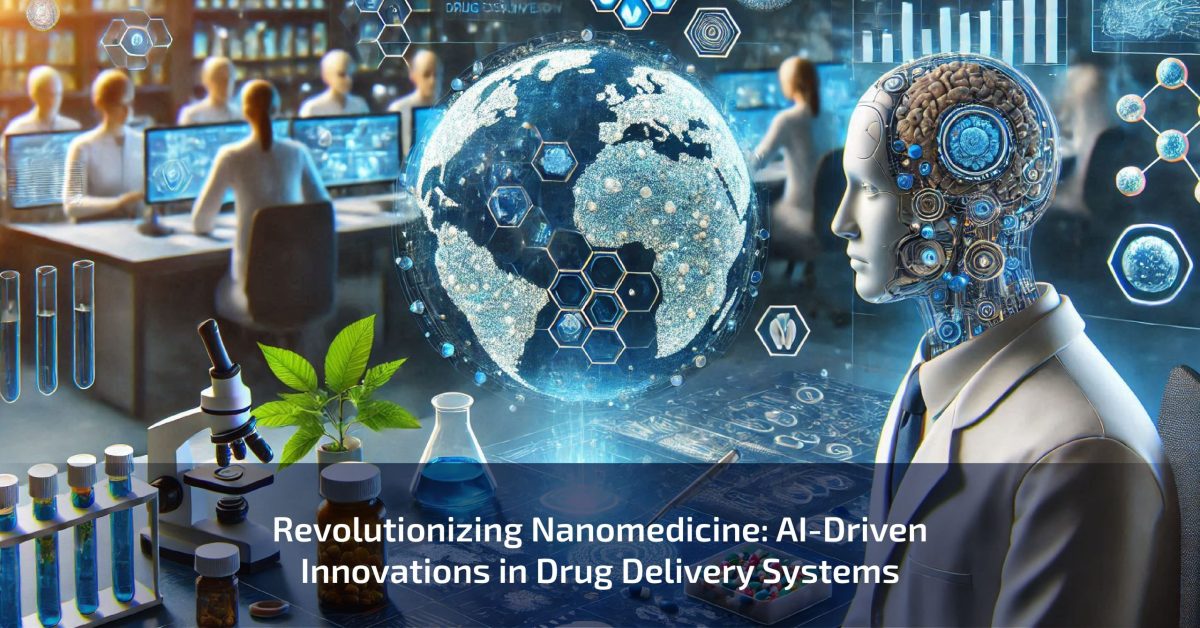Introduction
This paper discusses how the combination of nanotechnology and artificial intelligence (AI) is a revolution, more especially in health aspects concerning drug delivery. Nanomedicine, the science that focuses on the application of nanostructural materials for medicine, has progressed a lot due to the incorporation of artificial intelligence. This synergy allows for specifically efficient and biocompatible controlled-release drug delivery system schemes, which encapsulate some of the most promising fronts of modern pharmacology. The synergistic integration of artificial intelligence and nanotechnology cures the illness from the theoretical level to practice changes. This article explores how AI itself has become the key driver in advancing and exploring the field of nanomedicine that is defining a new age of precision medicine.
The Role of Machine Learning in Nanoparticle Design
passive targeting ability in tumor tissues, thus achieving targeted drug delivery to cancer cells. Due to its potential to greatly enhance the characteristics of nanoparticles, AI, specifically ML, has become a potent tool in the engineering discipline. Most are used in drug delivery, and they have an edge due to the tunable factors inherent to their size and composition. However, developing nanosphere particles that have desirable features usually requires time-consuming experimentation. Traditionally, this process has been made easier by using ML models that predicted outcomes based on historical data. These models consider parameters like size, surface charge, and ligand chemistry to predict how well-based nanoparticles perform clinically relevant tasks. For instance, ML tools have been used to synthesize nanoparticles with higher.
Advanced Nanozymes: A Leap in Biocompatibility and Efficiency
Nanozymes as small-size enzymes have several therapeutic applications; thus, they are found to be research-intensive. In the recent past, AI-assisted approaches have boosted enzyme activities, enhancing catalytic turnover, activity, and biocompatibility. Based on such experimental parameters, machine learning frameworks can recognize synthesis parameters that produce the best nanoszymes and understand the performance capabilities under different physiological environments. For example, manganese-based enzymes have been designed with the help of AI to address the factor of oxidative stress, which is considered essential for illnesses such as cancer and neurodegeneration. In this case, those developments do not only improve the therapeutic processes in patients but also diminish the risks of side effects.
